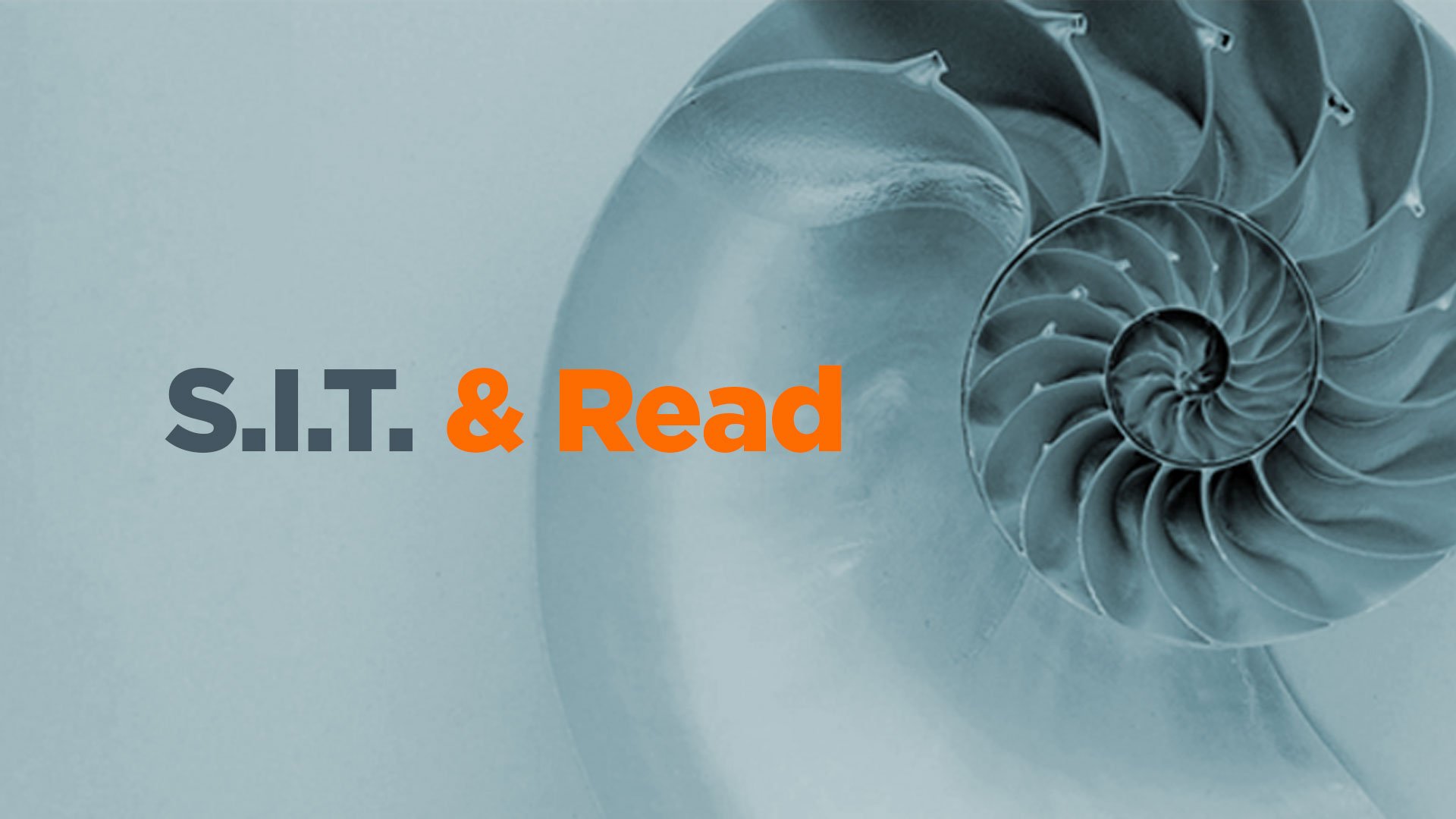A church needed a new bell ringer. When a man with no arms applied for the job, the doubting priest asked, “Can you ring the bell?” The applicant climbed the bell tower, took a running start, and plowed his face into the bell producing a beautiful tone. He suddenly slipped, fell to the ground, and died. The crowd of onlookers asked the priest, “Do you know this man?” The priest replied, “No. But his face rings a bell.”
If you are like most people, you laugh at jokes at their very end, not the beginning. Why? Because jokes make sense only in hindsight after we hear the proverbial “punch line.” We have no context to start laughing at the start of the joke. But once we hear the final line, our mind works its way backwards to make sense of it. We laugh.
So it is with innovation. An abstract concept remains abstract until our mind works backwards to make sense of it. Only then do we see the value. Edward de Bono describes this phenomena in his new book, Think! Before It’s Too Late. As de Bono puts it, “All creative ideas will be logical in hindsight.”
For the innovation practitioner, this ability to automate our thinking and “see value in hindsight” is a crucial skill, one that can be trained and learned by anyone. It can be strengthened and perfected with practice. Once we develop an inate ability to see value in hindsight, the practitioner needs to develop a way to create the abstractions. That is where the use of innovation patterns comes in. Five simple patterns – subtraction, task unification, division, multiplication, and attribute dependency – guide us to create abstract concepts. They help us innovate systematically, on demand.
What is unique about these patterns is that they have emerged from products already deemed innovative. They do not rely on random generators. They do not rely on special cognitive abilities of individuals. They do not rely on unique insights gained from customers. The patterns act like a cognitive prosthetic that creates the abstractions for you. All you need to do then is “see the value in hindsight” just as you do with a good joke.
The church continued searching for a bell ringer. Another man applied – the twin brother of the man who died. The priest asked, “Can you ring the bell?” The applicant climbed the bell tower as his brother had done and ran straight at the bell. He suddenly slipped, fell to the ground and died, almost in the same spot. Stunned onlookers asked the priest, “Do you know THIS man?”
“No, but he’s a dead ringer for his brother.”
